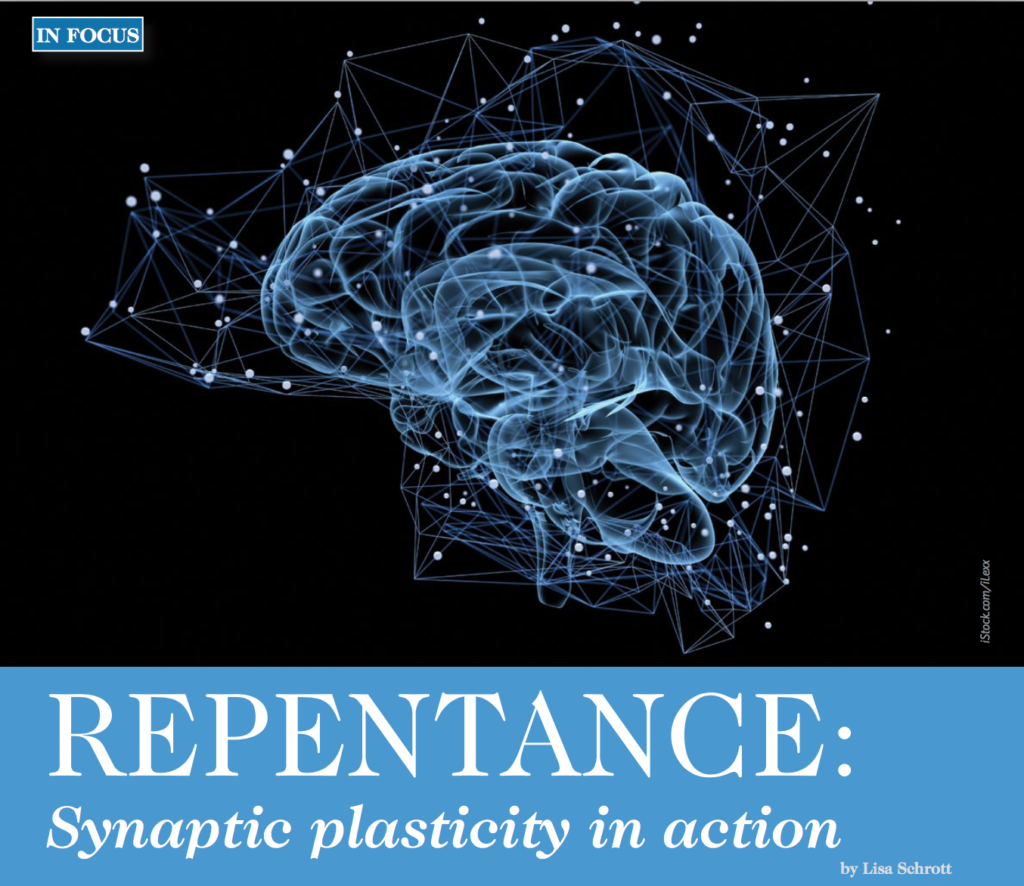Beyond the Blank Slate: Demystifying the Myth of Unbounded Brain Plasticity (The Limits of Neural Adaptation Revealed!)
Share IT

Launch Your Dream Website with Us!
Click Here to Get in touch with Us.
Categories
Brain plasticity
The idea of neuroplasticity—the brain’s extraordinary capacity for self-reorganization—has captivated the interest of both scientists and laypeople. This innate flexibility has been heralded as a miracle treatment for neurological conditions, offering the recovery of lost function and the development of new abilities. On the other hand, an increasing amount of data indicates that the degree of neuroplasticity might have been exaggerated.
Thank you for reading this post, don't forget to subscribe!
Examining the Myth of Infinite Brain Remodelling:
The mainstream understanding of neuroplasticity is contested by researchers Tamar Makin and John Krakauer in a recent article that appeared in Scientific American. They contend that treating neurological disorders by accessing vastly underutilised neural reserves may be more of a pipe dream than a practical solution. Rather, they suggest that learning and training—processes that demand intense, repeated effort—are the main ways in which the brain’s adaptability is demonstrated.
Table of Contents
Redefining Neuroplasticity with an Emphasis on Education and Practise
According to Makin and Krakauer’s research, the brain’s capacity for adaptation is limited and depends on the improvement of already-existing neural connections rather than being an endless supply of unrealized potential. By redefining neuroplasticity, the emphasis is shifted from significant structural alterations to the enhancement of preexisting neural pathways.
Consequences for Healing and Rehabilitation:
The findings of the study have important ramifications for our comprehension of brain plasticity and its function in neurological disease rehabilitation and recovery. They propose that a better strategy for fostering functional recovery might be to concentrate on training and learning as opposed to depending solely on the brain’s natural capacity for dramatic self-reorganization.

Accepting the Boundaries of Neuroplasticity: An Appeal for Reasonable Hopes
The work of Makin and Krakauer casts doubt on the conventional understanding of neuroplasticity, but it does not lessen the brain’s extraordinary adaptability. The brain’s remarkable complexity and resilience are demonstrated by its capacity for learning, adaptation, and injury recovery. Recognising neuroplasticity’s limitations, however, can help us create more practical and successful plans for enhancing brain function and health.
Brain plasticity is a multifaceted phenomenon that can have both positive and negative effects.
Advantages of Neuroplasticity:
Learning and Memory: The ability to form new neural connections in the brain facilitates the acquisition of new skills, knowledge, and memories. This is made possible by brain plasticity.
Recuperation from Injury: After traumatic brain injuries or strokes, brain plasticity enables neural network reorganisation and functional recovery.
Adaptation to Change: The flexibility and resilience of our brains are enhanced by brain plasticity, which enables us to adjust to novel situations, actions, and obstacles.
Lifelong Learning: Because of brain plasticity, we can keep learning new things throughout our lives and continue to expand our knowledge base.
Cognitive Function: As we age, brain plasticity helps to preserve cognitive functions like memory, attention, and problem-solving skills.
Possible Adverse Reactions to Brain Plasticity:
Adverse Adaptations: The development of unfavourable habits, maladaptive actions, or conditioned reactions to stress or trauma can also result from brain plasticity.
Chronic Pain: When neural networks become overly sensitive to pain signals, it is thought that brain plasticity plays a role in the onset and persistence of chronic pain.
Addiction: The brain changes in response to recurrent exposure to substances that are addictive, perpetuating the cycle of addiction. This is where brain plasticity comes into play.
Neurodegenerative Diseases: In neurodegenerative diseases, brain plasticity may be compromised, which reduces the brain’s capacity to repair and replace lost neurons.
Psychological Disorders: Through modifications to neural networks and neurotransmitter systems, brain plasticity is hypothesised to play a role in the development of psychological disorders, including anxiety and depression.
In summary:
Our attention has been drawn to the idea of unlimited brain plasticity, which presents a glimmer of hope for recovering lost function and discovering untapped potential. But a more sophisticated knowledge of neuroplasticity highlights its limitations and stresses the significance of purposeful learning and training. We can create pathways for more practical and successful approaches to brain health and rehabilitation by accepting the limitations of neural adaptation.

Launch Your Dream Website with Us!
Click Here to Get in touch with Us.





























































Recent Comments